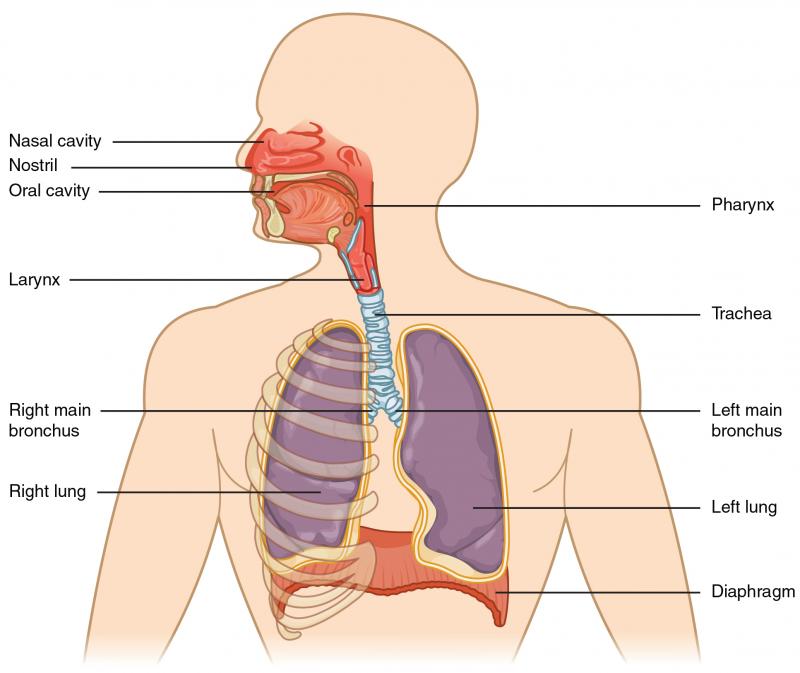The pulmonary drugs market has witnessed significant growth and transformation in recent years, driven by various factors such as rising respiratory diseases, advancements in drug therapies, and changing demographics. This blog will delve into the key trends, challenges, and opportunities in the pulmonary drugs market.
Rising Prevalence of Respiratory Diseases: Respiratory diseases, including asthma, chronic obstructive pulmonary disease (COPD), and pulmonary hypertension, continue to pose a global health challenge. The increasing prevalence of these conditions, often exacerbated by factors like smoking and air pollution, has fueled the demand for pulmonary drugs.
Advancements in Drug Therapies: Innovations in drug development have led to the introduction of more effective and targeted treatments for respiratory diseases. Biologics, bronchodilators, and anti-inflammatory agents have improved the quality of life for patients and reduced the frequency of exacerbations.
Inhalation Devices: The development of user-friendly inhalation devices has played a crucial role in improving patient adherence to treatment regimens. Smart inhalers equipped with digital technology have emerged, enabling real-time monitoring of medication usage and adherence.
Biologics and Personalized Medicine: The era of personalized medicine has reached the pulmonary drugs market. Biologics, tailored to specific patient profiles, are becoming more common, offering more precise and effective treatment options.
Challenges in Drug Pricing: The high cost of research and development, along with the stringent regulatory requirements, can lead to high drug prices. This poses challenges for patients, healthcare systems, and pharmaceutical companies in finding a balance between affordability and innovation.
Generic Competition: As patents for some key pulmonary drugs expire, generic competition has increased. This can lead to cost savings for patients and healthcare systems but may impact the revenue of original drug manufacturers.
Environmental Concerns: The environmental impact of inhalation devices, particularly metered-dose inhalers (MDIs), has raised concerns due to the greenhouse gases they release. The pharmaceutical industry is exploring eco-friendly alternatives, such as dry powder inhalers (DPIs) and soft-mist inhalers.
Global Market Dynamics: Emerging markets, particularly in Asia-Pacific and Latin America, are witnessing significant growth in the pulmonary drugs market. Increased healthcare spending, urbanization, and awareness of respiratory health are driving this expansion.
Telemedicine and Remote Monitoring: The COVID-19 pandemic accelerated the adoption of telemedicine and remote monitoring, which can aid in managing respiratory conditions. Telehealth platforms and wearable devices offer opportunities for improved patient care and adherence.
Conclusion: The pulmonary drugs market is dynamic and evolving, driven by a combination of medical advancements, changing demographics, and healthcare trends. As the prevalence of respiratory diseases continues to rise, pharmaceutical companies and healthcare providers must adapt to meet the growing demand for effective and affordable treatments. The development of innovative therapies, personalized medicine approaches, and eco-friendly inhalation devices will likely shape the future of the pulmonary drugs market. Additionally, addressing pricing challenges and ensuring global access to these therapies remain crucial for improving respiratory health worldwide.
Read More….
Swine Respiratory Disease Treatment Market
